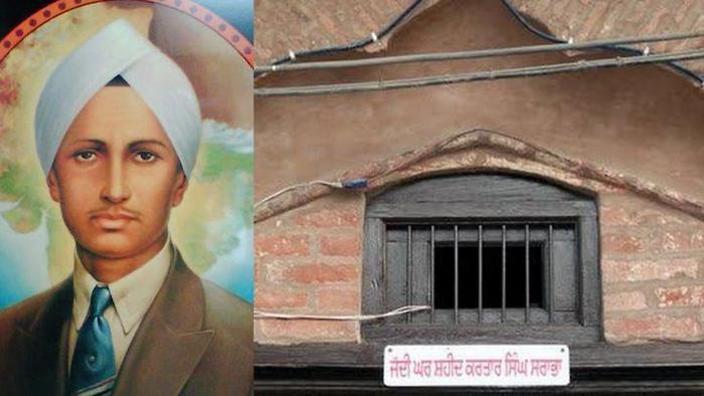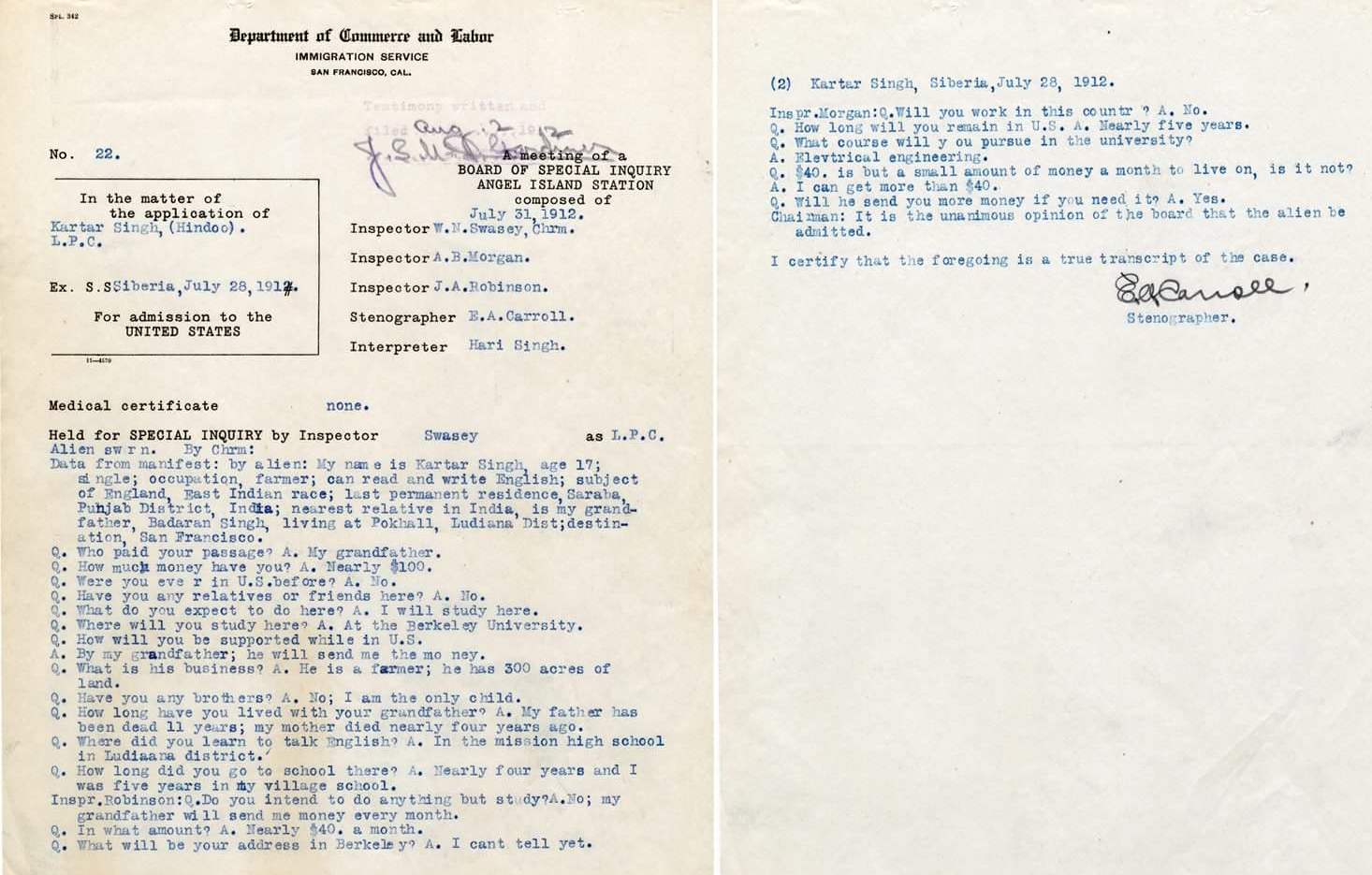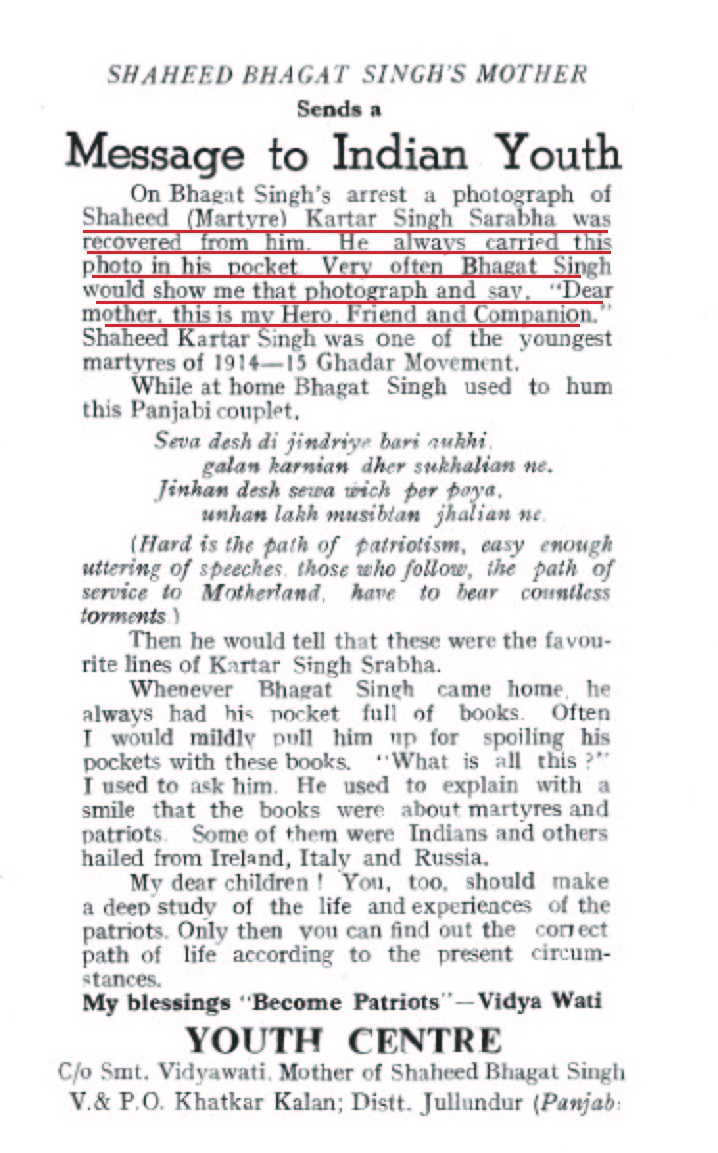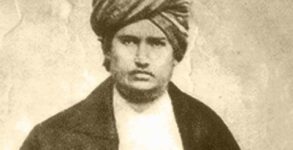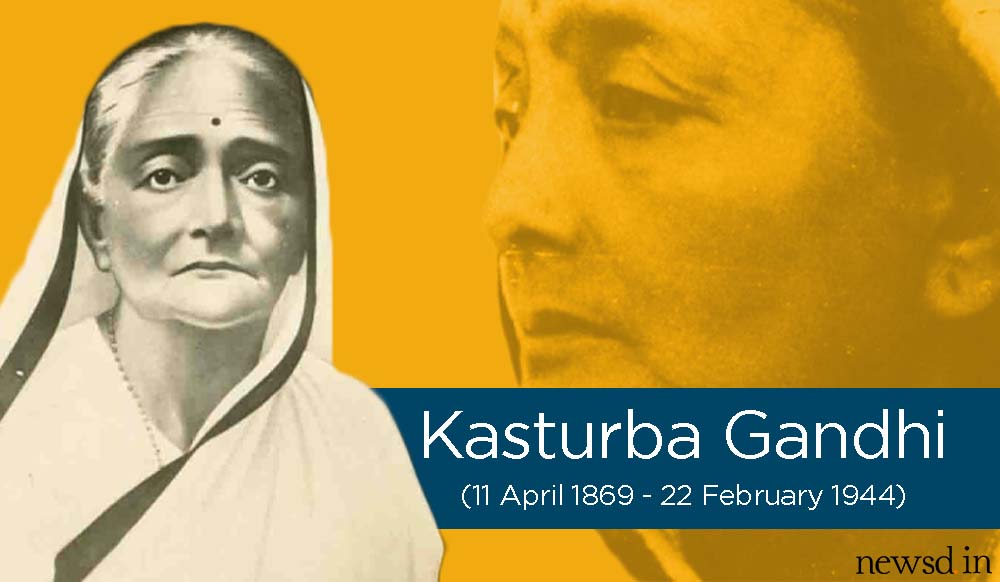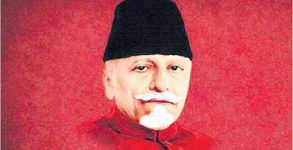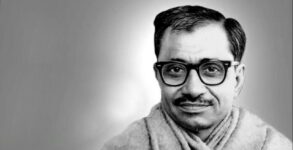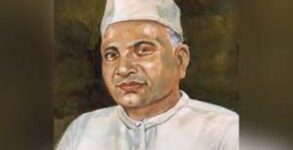November 16, 2018, marks the 103rd anniversary of Kartar Singh Sarabha’s martyrdom. He was one such glittering star of the Ghadar party which upheld the secular values as Hindus, Muslims and Sikhs joined it with equal passion against the imperial force. Here, are few important facts of his life which is nothing but an inspirational saga and is worthy to recall in contemporary conditions.
Kartar Singh Sarabha was born in the village of Sarabha (in Ludhiana district) in 1896, and was brought up with immense care and love.
Having lost his father at a very tender age, his grandfather, Sardar Mangal Singh, brought him up. After his initial education at the village school, Kartar Singh took admission in the Khalsa School, Ludhiana.
Academically, he was an average student, who was good at playing pranks on others and was called ‘aflatoon‘ by his classmates. He was loved by everyone, had a separate group and was a leading sportsman in his school. He possessed all the qualities of a leader.
After studying up to class 9, he left for Odisha to stay with his uncle. Having passed his matriculation examination there, he joined college in 1910-1911. He desired to go to the US, and his family supported him on this decision.
In those days, whenever an Indian landed in America, the Immigration Department officer would often confront them with numerous complex and puzzling questions deliberately devised to justify their rejection, thereby causing heavy financial loss for the person, and often forcing them to return frustrated and humiliated.
Questions that were part of a special inquiry of Kartar Singh Sarabha at the San Francisco Airport.
In 1912, after landing at the San Francisco Airport, the immigration authorities quarantined him for special questioning. On being questioned by the officer, he replied, “I have come here for studies.” The officer said, “Didn’t you find any place to study in India?” He answered, “I have come for higher studies and intend to take admission in the University of California for that purpose.”
“And if you are denied permission to land?” the officer asked. To this, Kartar Singh replied, “I would consider that a grave injustice. If hurdles are created in the path of students, the progress of the world will stop. Who knows the education here might empower me to accomplish some great deed for the good of the world. In case I am disallowed to disembark, won’t the world suffer due to the lack of that great deed?” Impressed with his answer, the officer allowed him to disembark.
However, his sensitive soul suffered deep wounds at each and every step after landing in the supposedly ‘free’ nation. He heard phrases like ‘damn Hindoo’ and ‘black coolie’ from white Americans. The lack of respect for his country disturbed him. The image of an enslaved, shackled, insulted, helpless, impotent India would often flash in front of his eyes.
Pullela Gopichand: A player, a coach, everything Indian Badminton ever needed
The determination to liberate his country from foreign rule also strengthened. How would the country gain independence – this was the main challenge before him. And, before giving much thought, he started organizing Indian workers in the US, instilling a love for freedom in them. He would spend hours with each individual, impressing upon them the sentiment that death is many-a-time preferable to the humiliating life of a slave.
After the commencement of this task, many others joined him – and in May 1912, a meeting was organized by six people who pledged to sacrifice their body and soul for securing freedom for the nation. In the meantime, Gyani Bhagwan Singh, an exiled patriot from Punjab, also reached there. Meetings were held at a hectic pace, where ideas would be disseminated, and the groundwork prepared.
Thereafter, the need for a paper for propaganda purposes was felt. A newspaper named “Ghadar” was launched. The first edition of this paper was published in November 1913 – and our hero, Kartar Singh, was a member of the editorial board. He would write fervently and print it himself on the hand-press [from “Ghadr Movement Original Documents Vol.I-B“, 2014].
Kartar Singh was a zealously rebellious young man. When exhausted by his work at the hand-press, he would sing this Punjabi song:
Sewa desh di jindriye bari aukhi, galan karnian dher sukhalian ne.
Jinhan desh sewa wich pair paya, unhan lakh Musibtan jhalian ne.
(Hard is the path of patriotism – the uttering of speeches is easy enough.
Those who follow the path of service to the Motherland have to bear countless torments.)
Mata Vidyawati, mother of Bhagat Singh, recalled Kartar Singh Sarabha in the following words:
“On Bhagat Singh’s arrest, a photograph of Shaheed Kartar Singh Sarabha was recovered from him. He always carried this photo in his pocket. Very often, Bhagat Singh would show me that photograph and say, ‘Dear mother, this is my hero, friend and companion.’
Shaheed Kartar Singh was one of the youngest martyrs of 1914-15 Ghadar Movement. At home, Bhagat Singh also used to sing the above-mentioned Punjabi couplet.
After his arrest, Kartar’s grandfather visited him when he was locked in hid cell. He asked, “Kartar, what special event in your life turned you into a worshipper of the goddess of death? Those for whom you are giving your life call you names. I don’t even see the country gaining anything out of your death.”
Kartar Singh politely asked him, “Grandpa, where is that person?”
“Died of plague.”
“Where is [so and so]?”
“Died of cholera.”
“Do you wish that Kartar Singh should be bed-ridden and wailing in pain, die due to some such disease? Isn’t this death better than that sort of death?” His grandfather just became mum [from “ Ghadr Movement Original Documents Vol.I-B“, 2014].
Today, the question rises again – What was achieved by his death? What did he die for? His ideal was to sacrifice his life for the nation, and did not wish anything else. He wanted to die anonymously. His ideal was to die – unsung, unhonoured, and unwept for.
The gardener tends the plants, as it’s his labour of love. The dew’s generosity is not just for show – it bestows pearls upon the plants in the night’s darkness.
Post truth politics is the biggest achievement of Modi government
It was the in the month of November (in 1915) when he was hanged to death. As ever, he was in high spirits and had even gained some weight. Chanting ‘Hail to Mother India’, he embraced the gallows. He was one among the Ghadarites who did not miss a single opportunity on foreign land in hitting hard the colonial machine in India and thus liberating the country from the shackles of slavery. The sacrifice, struggle and service done by Kartar Singh Sarabha is a lesson for all of us to learn and act for the betterment of our society and nation.

